The Aquaponics Adventure: Fish, Frustration, and the Lesson I Learned
You know that smell that hits you when you lift the lid on an aquarium? That slightly earthy, damp fragrance, mixed with a hint of fish? Well, that sentiment sums up my summer of 2020 perfectly. I had just returned to my small town after a year of city life. The isolation made me restless, and I thought, “Let’s get some fish, maybe grow a few veggies.” If only I’d seen what lay ahead.
That’s when I stumbled into the world of aquaponics. When I first heard the term, I thought it was something futuristic or out of a sci-fi novel. But in essence, it’s a system where fish and plants are interdependent. You feed the fish, the fish poop, and then the plants use that poop as fertilizer. Sounds like a perfect plan, right? Well, strap in, because this is where my fairytale began to wobble.
The Planning Phase
Armed with an old gardening book and stubborn enthusiasm, I walked around my yard assessing what I could scavenge for materials. My old shed—let’s call it the “treasure trove”—became my command center. I pulled out some vintage lumber, leftover chicken wire, and an ancient plastic tub that must have once been a makeshift horse trough. It was a bit grubby, but hey, mother nature is resilient.
For the pump, I sifted through what felt like a hundred random tools and odds and ends. I found a rusty old fountain pump that had been gathering dust since my youngest tried to create a “water feature” for his toy dinosaurs. With a little cleaning and a hefty dose of hope, I figured it would do the trick.
I decided to stock my new aquaponics system with tilapia. They’re the gold stars of beginner aquaponics: hearty, fast-growing, and not too picky about water quality. I went down to the local pet store, excited but also a tad nervous, clutching a plastic bag filled with three tiny fish that would presumably thrive in my care.
The Set Up
After hours of labor, building the system felt strangely satisfying. The water trickled through the pipes—it was almost poetic. I nestled the roots of young basil and mint in the grow bed above, while my three tilapia rippled happily below, their orange fins dancing in the daylight. It was a moment of triumph: “I’ve nailed it!” I thought as I admired my handiwork.
But, within days, doubts started to bubble to the surface.
Trouble in Paradise
You know that saying about the best-laid plans? Yeah, mine began to vanish. I found myself peering into the tank one morning, only to be met by an unforeseen horror: the water had turned a shocking shade of green. “What in the world?” I muttered, staring into the murky depths. Algae, my new greatest enemy.
Research and more research followed. Apparently, the water needed to cycle, a delicate balance of ammonia, nitrites, and nitrates. I stood there, looking like a bewildered mad scientist, frantically checking online forums with my phone. Who knew fish poop came with so many guidelines?
Feeling frustrated, I almost threw in the towel. Just as I was about to give up, my oldest boy wandered into the yard. “Dad, don’t quit. It’s cool,” he said, peering intently into the fish tank. That small endorsement reignited my spirit. Maybe it was time to roll with the punches and adapt.
Overcoming the Hurdles
A few tweaks here and there involved adding a combination of lettuce and some clay pebbles from the local garden store—rich in nutrients and all that jazz. I made peace with the algae, realizing it wasn’t the end of the world; live and let swim, right?
Tensions eased when I noticed tiny sprouts of basil reaching for the sky. And while my fish weren’t exactly swimming in crystal-clear water, I was beginning to grasp the rhythm of managing this chaotic life form that I had unwittingly taken on.
Then one fateful morning, disaster struck. I woke up to tragedy: one of the tilapia had jumped out of the tank and onto the floor. I rushed to save it, only to find that nature had made her decision. It’s incredible how fragile life can be, and the loss hit hard. I had to have a little funeral for one brave fish.
Finding My Way
But for every struggle, there was a silver lining. I learned more about water pH and the importance of a good filter. My little pond in the backyard gradually transformed into something that people stopped by to admire—admiring both the lush green plants and the fish that survived.
Eventually, I ended up with an assortment of greenery: basil, mint, and some rogue tomatoes. I even experimented with a few herbs I’d never grown before. And the best part? I could finally toss away those store-bought herbs that usually went limp before I could use them!
A Warm Takeaway
Looking back, I realize that every failure added a layer of wisdom. My aquaponics system was a little scrappy and far from perfect, but it cultivated not just plants and fish, but also a sense of community.
If you’re thinking about diving into something similar—maybe even aquaponics—don’t worry about getting everything perfect right away. Just start. You’ll figure out the rhythm along the way, gaining joy and knowledge with each twist, turn, and surprise.
And hey, there’s always coffee to ease the madness. If you’re curious about the projects brewing in this little corner of the world (or even want to team up), join the next session and let’s see where it takes us together! Reserve your seat.
Happy gardening—and fish keeping! 🌱🐠

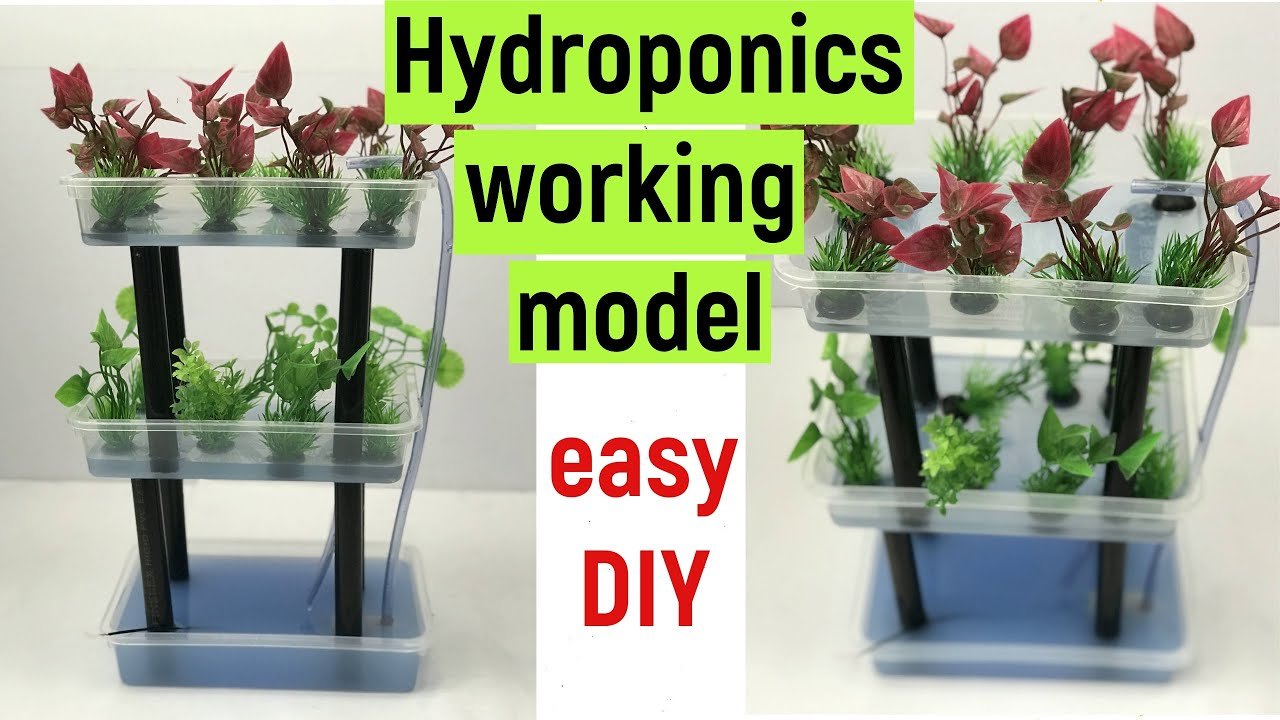
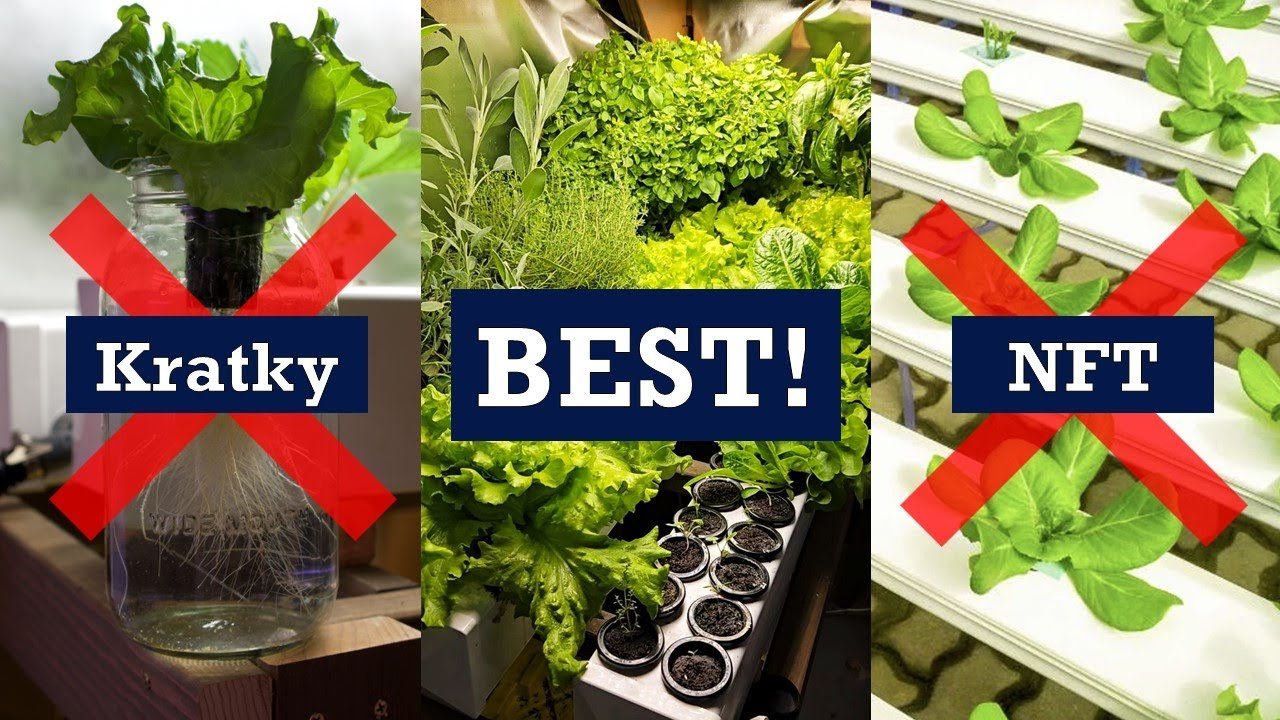
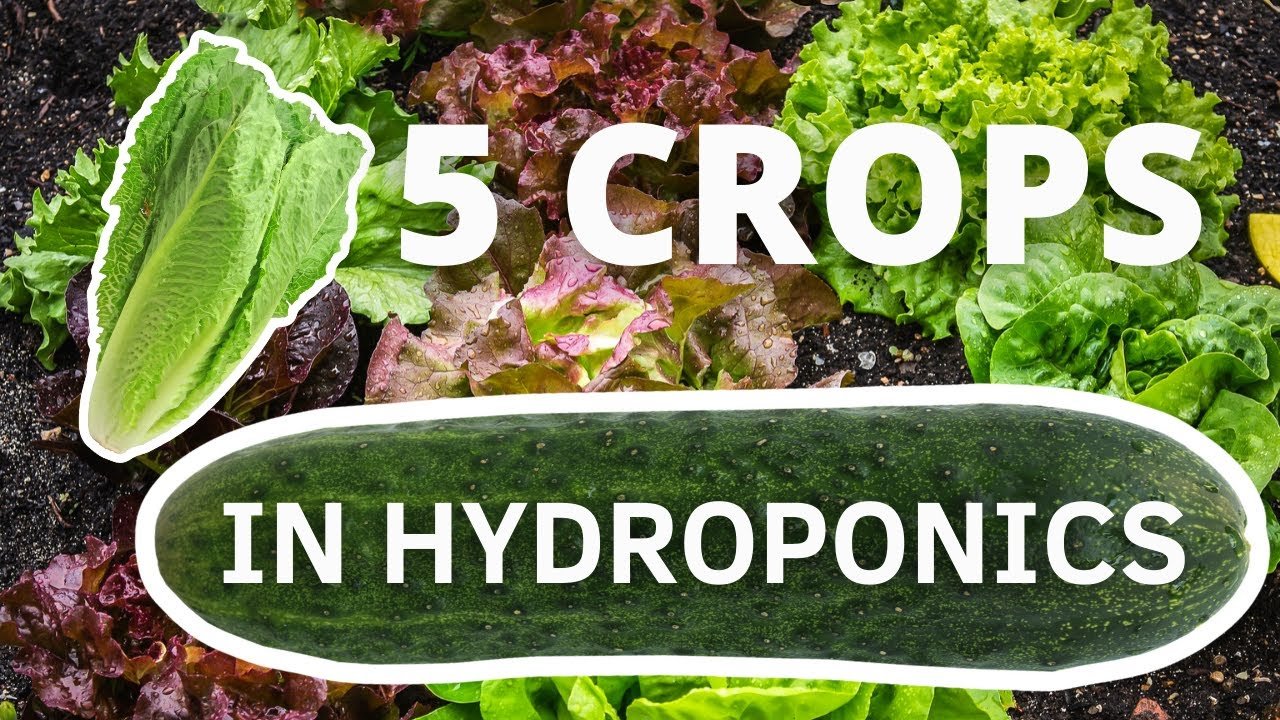
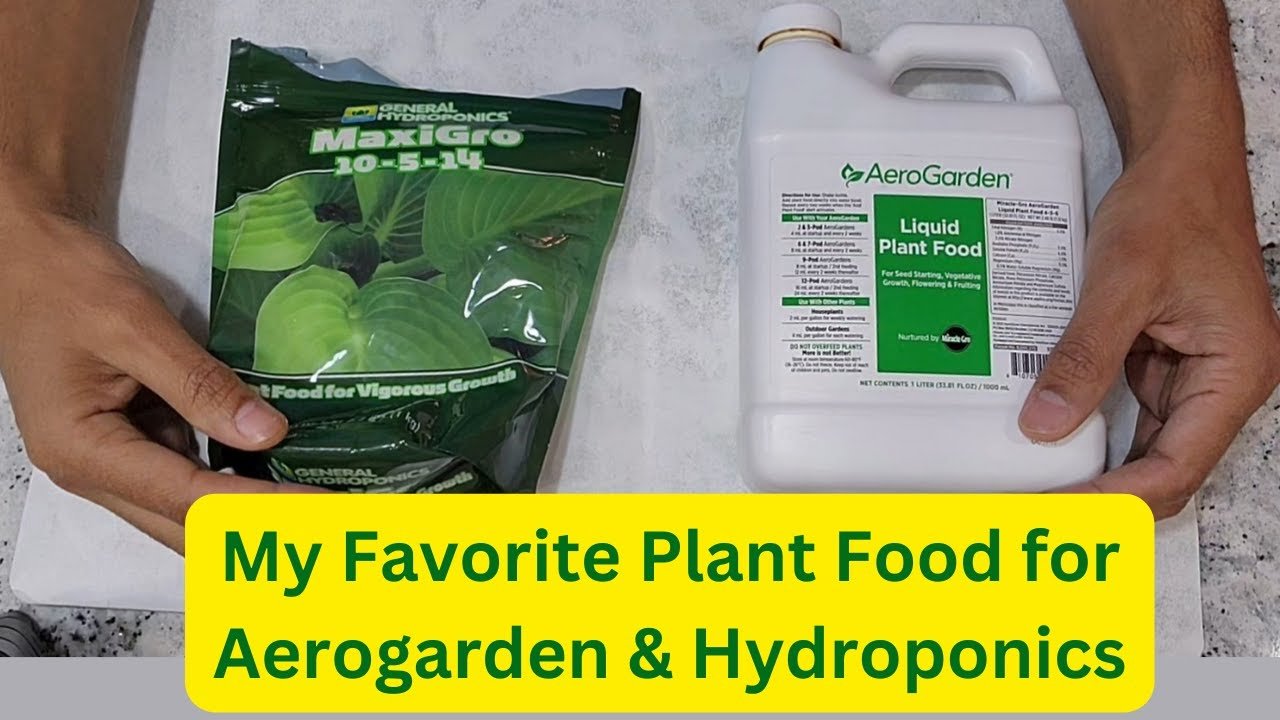
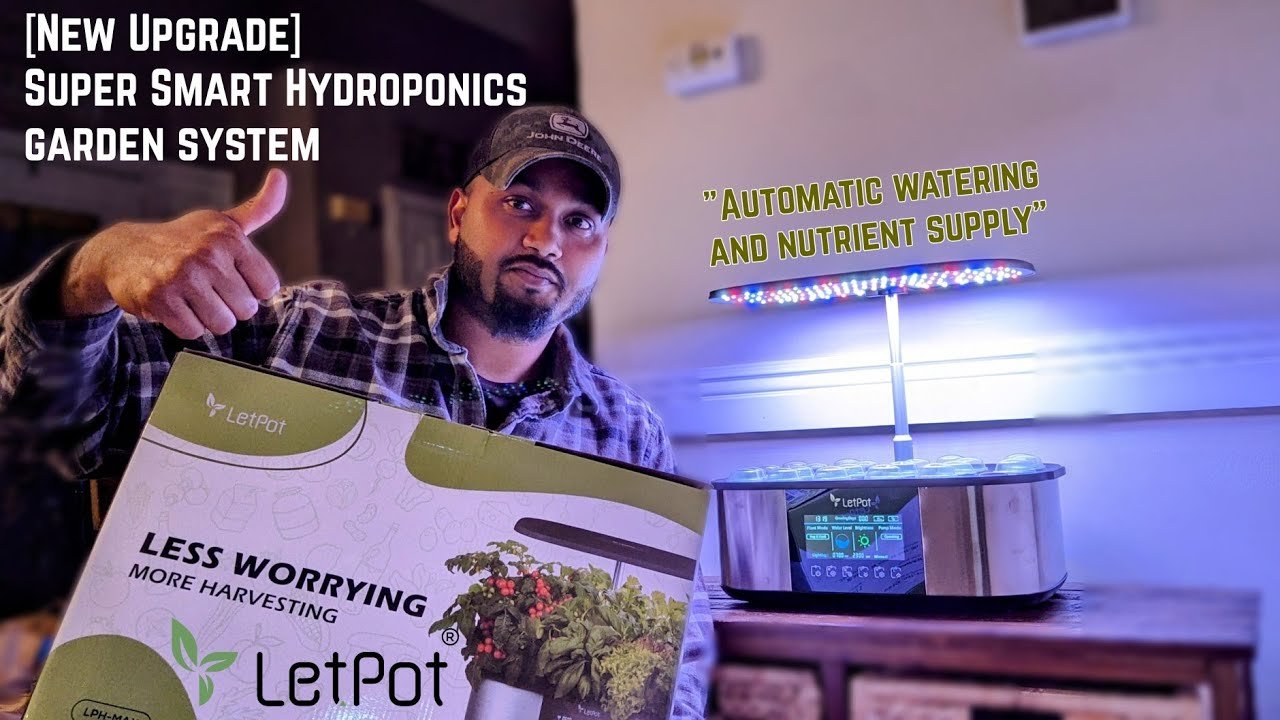
Leave a Reply